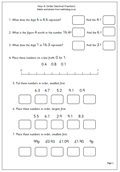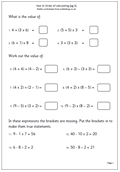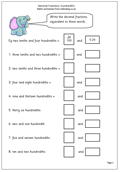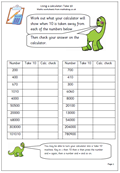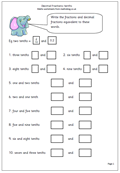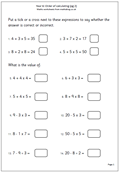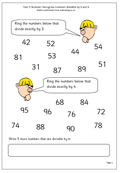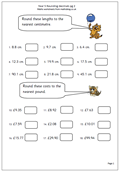 The second in our series of rounding worksheets for Year 5 looks at rounding one and two decimal place numbers.
The second in our series of rounding worksheets for Year 5 looks at rounding one and two decimal place numbers.
When rounding an amount such as £3.47 to the nearest pound the key digit to look at is the tenths digit. If it is 5 or more, round up. Less than 5, round down.
So £3.44 rounded to the nearest pound is £3.
£3.47 rounded to the nearest pound is £4.
Rounding is very useful when making estimates of answers before using a calculator to make sure that the answer shown on the calculator is sensible.
